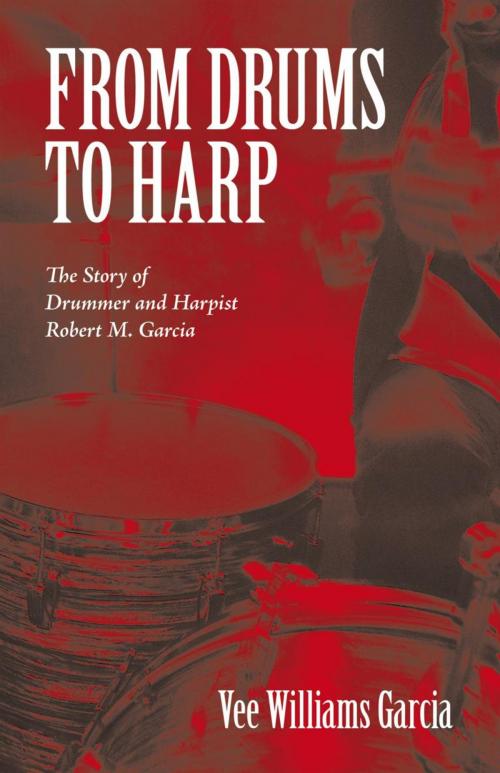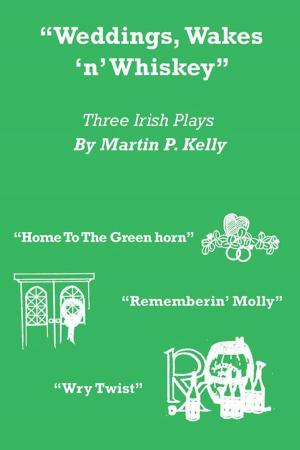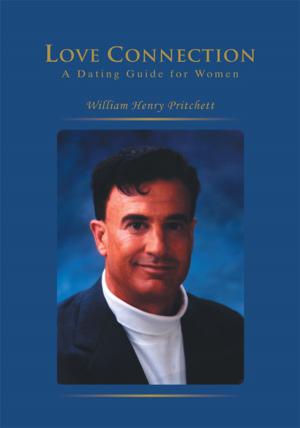From Drums to Harp
The Story of Drummer and Harpist Robert M. Garcia
Nonfiction, Entertainment, Music, Instruments & Instruction, General Instruments, Biography & Memoir| Author: | Vee Williams Garcia | ISBN: | 9781450244657 |
| Publisher: | iUniverse | Publication: | August 6, 2010 |
| Imprint: | iUniverse | Language: | English |
| Author: | Vee Williams Garcia |
| ISBN: | 9781450244657 |
| Publisher: | iUniverse |
| Publication: | August 6, 2010 |
| Imprint: | iUniverse |
| Language: | English |
Robert M. Garcia, a professional drummer from the age of 17, attended Florida A&M University (FAMU), in Tallahassee, and later studied at the Berklee College of Music, in Boston, Massachusetts. During his freshman and sophomore years at FAMU (1968-1970), he was on the drum line of the world famous band, the FAMU Marching 100. Through the years, Garcia became widely known as a master drummer. However, later in his life, for reasons revealed in this book, he switched his focus from drums to the grand harp. Robert Garcia became a skilled and versatile harpist. His music was a joy to the many people who saw and heard him perform. . . . The fact that Robert was able to move over to the harp is a sign that he always had a pitched-instrument player nestled within his musical gift. It is a great blessing that he was able to express this part of his musical personality later in his career. The fact that he enjoyed such success at this is clearly a testament to the versatility and depth of his musical talent. Vern C. Falby, Ph.D. Faculty, Music Theory Peabody Conservatory of the Johns Hopkins University
Robert M. Garcia, a professional drummer from the age of 17, attended Florida A&M University (FAMU), in Tallahassee, and later studied at the Berklee College of Music, in Boston, Massachusetts. During his freshman and sophomore years at FAMU (1968-1970), he was on the drum line of the world famous band, the FAMU Marching 100. Through the years, Garcia became widely known as a master drummer. However, later in his life, for reasons revealed in this book, he switched his focus from drums to the grand harp. Robert Garcia became a skilled and versatile harpist. His music was a joy to the many people who saw and heard him perform. . . . The fact that Robert was able to move over to the harp is a sign that he always had a pitched-instrument player nestled within his musical gift. It is a great blessing that he was able to express this part of his musical personality later in his career. The fact that he enjoyed such success at this is clearly a testament to the versatility and depth of his musical talent. Vern C. Falby, Ph.D. Faculty, Music Theory Peabody Conservatory of the Johns Hopkins University















